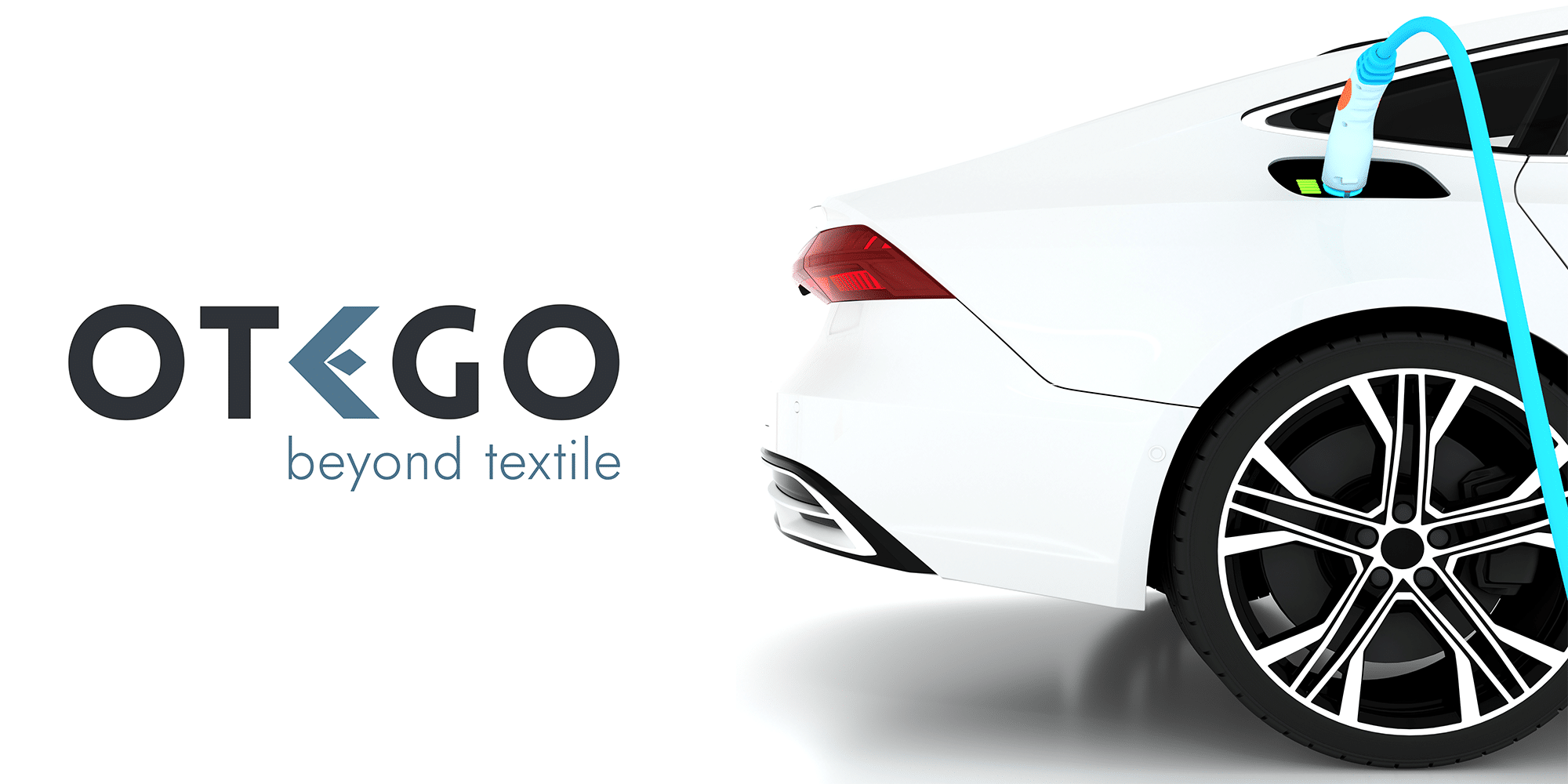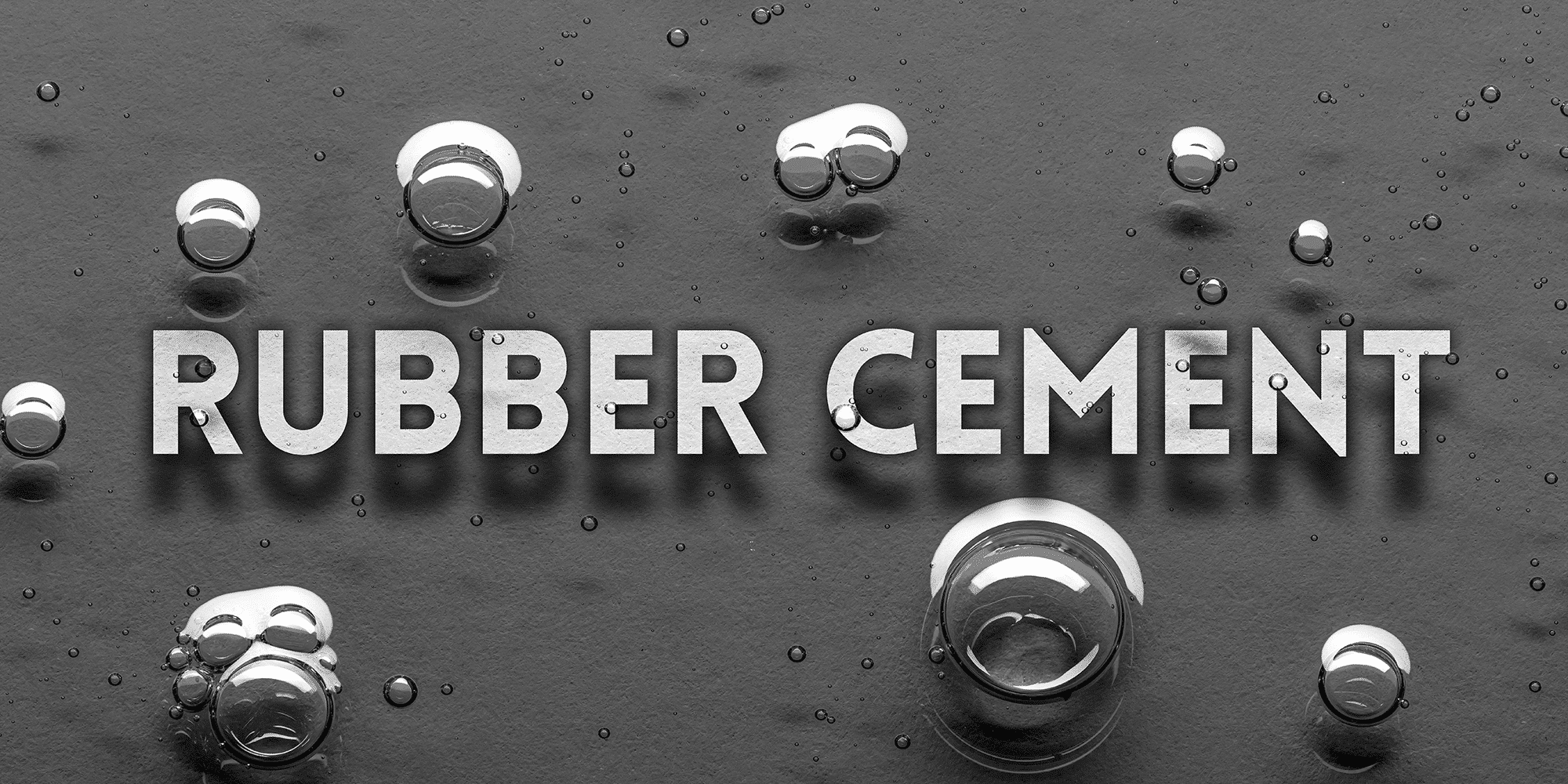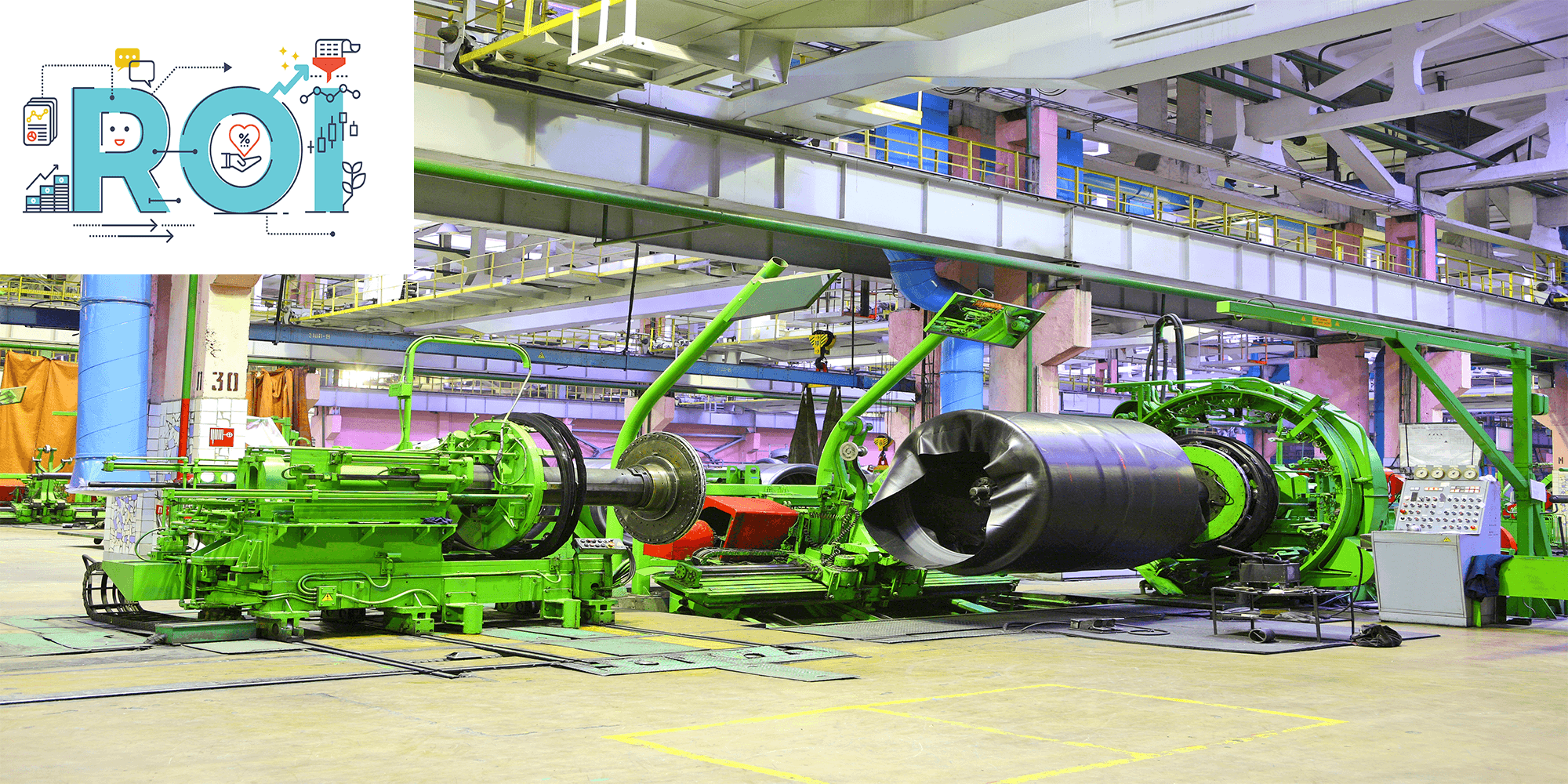The electric vehicle market continues to grow year on year ever since it debuted globally…
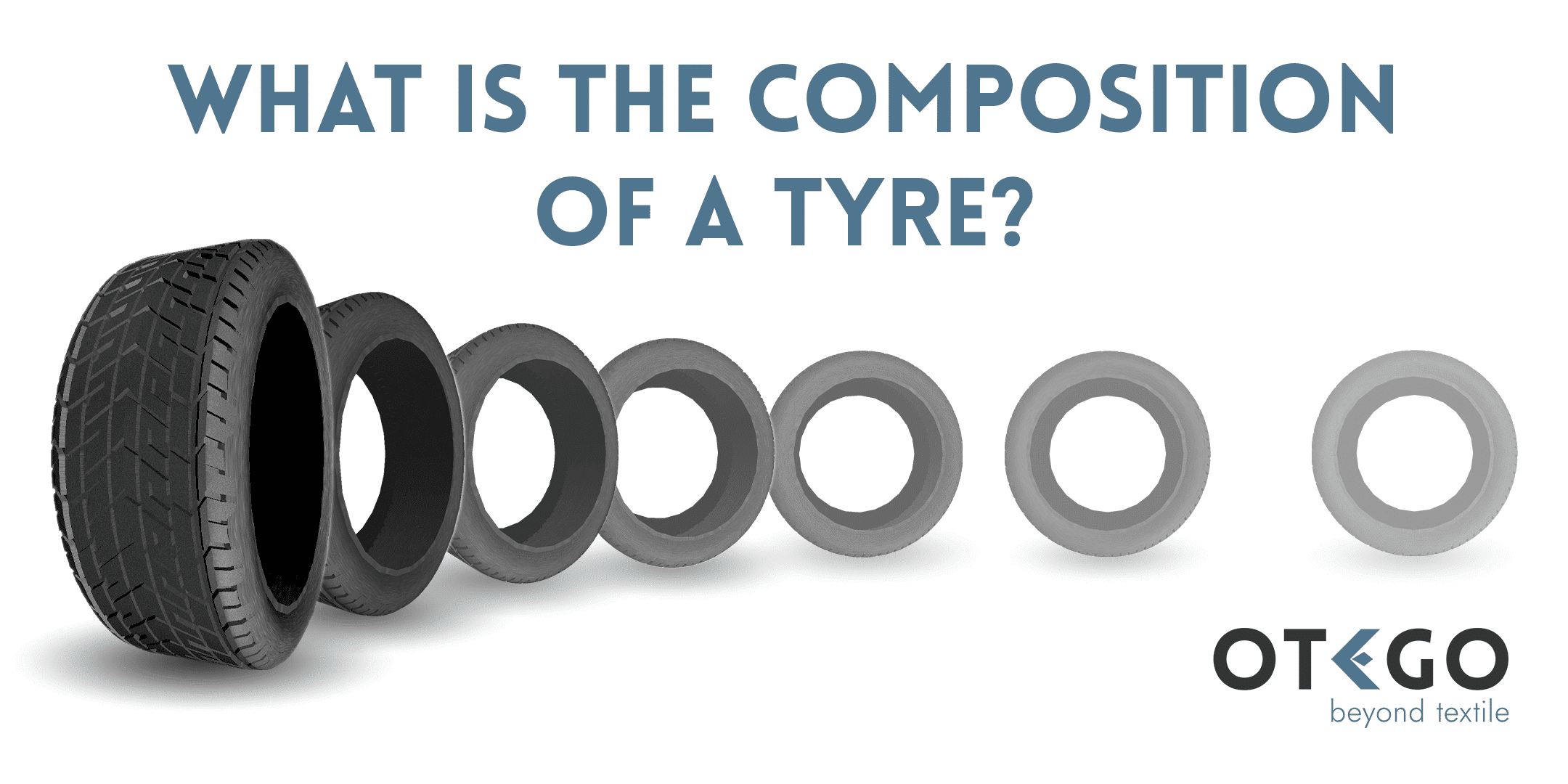
What is the composition of a tyre?
Introduction to the tyre industry
The composition of a tyre is mainly rubber but not only. The manufacturing process of a tyre is complex, and consists in a set of multiple layers applied on each other. To build these layers and to manufacture the tyre, there are 4 steps:
- Mixing: More than 200 components are mixed using mixers and rollers. Natural rubber, synthetic rubber, carbon black and more than 200 components go through the rollers to obtain a homogeneous rubber compound.
- Preparation: the different layers of the tyre are prepared using calendaring or extrusion process before being stored separately.
- Building : this is the stage when the different layers are assembled.
- Curing: after the building, the tyre is still malleable, and called green tyre. In order to finalize it, it is necessary to vulcanize it in order to render it elastic, resilient and weather resistant.
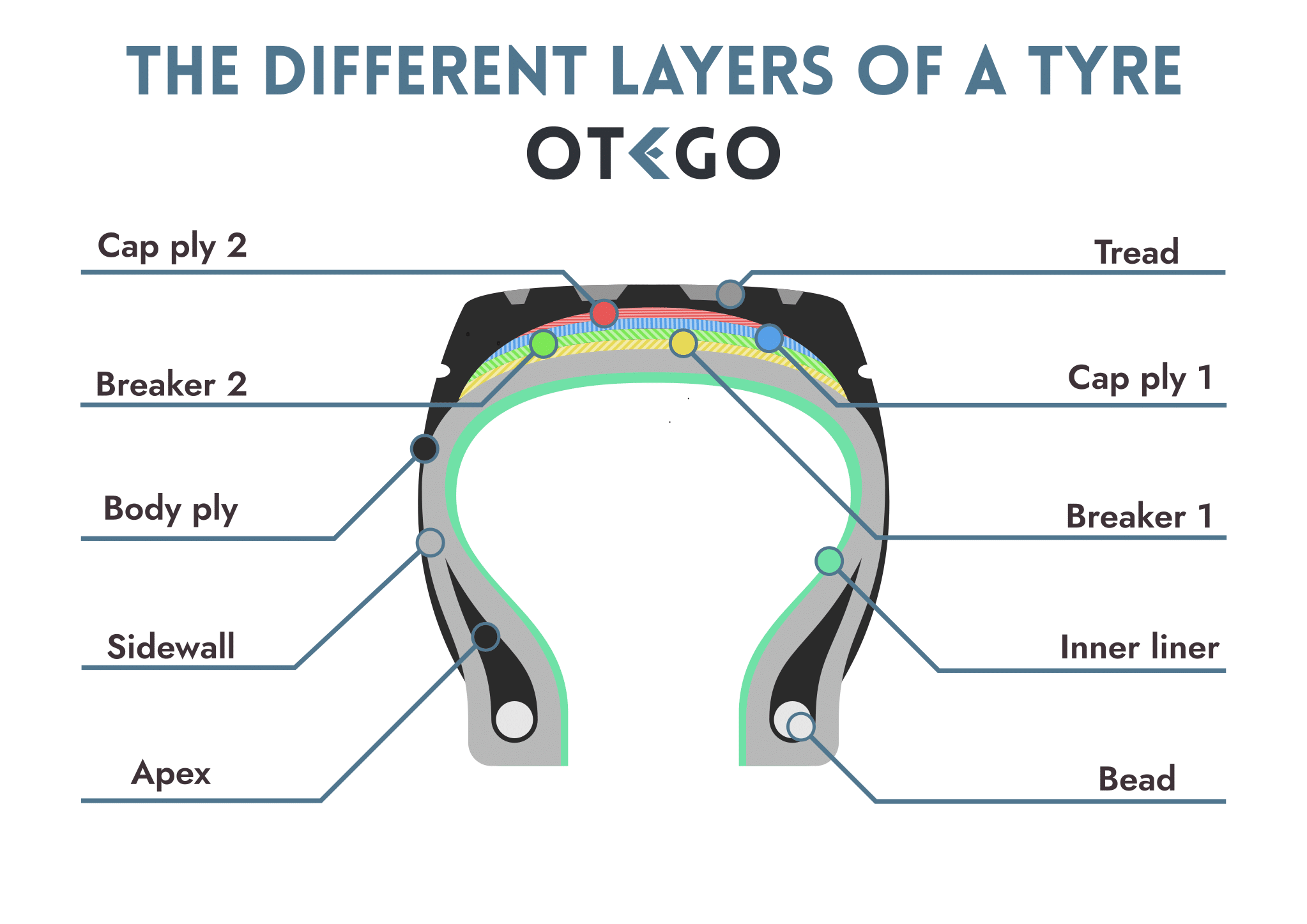
Detailed list of the layers

Inner liner
*The innertube of the tyre. This layer is designed to prevent inflation pressure loss of radial tyres, thus enhancing the tyre durability. The innerliner is made out of butyl, a synthetic rubber featuring excellent air retention properties. Butyl innerliners can be extremely sticky and often require special handling during the extrusion process.
Body ply
Structural layers of the tyre, the body plies are made of calendared rubber reinforced with textile or steel cords which functions are to sustain weight load and to absorb shocks. Most tyres have 2 plies or more. Because those parts are composed of rubber and fabrics, resending the rubber scraps into the production line is difficult.


Bead and Apex
The bead is the part that keeps the tyre correctly maintained on the rim. A bead is made of numerous rings, all made out of steel wires that have been shaped and assembled all together. The apex is joined to the beads, for that reason, it has been rolled and shape at a similar size. This is the part that allows the bead to bond the tyre properly.
Sidewalls
Component that ensures the stability of the tyre by absorbing the lateral force generated when the vehicle turns. Because of its nature, this part is composed of a blend of rubbers designed to have a high fatigue resistance and to generate less heat. Carbon black and other additives can be added to the formula to increase those properties but may result into a loss of tack that might impact the tyre building.


Breakers
The breakers are calendared rubber and steel cords. In common cases, 2 layers of breakers are overlapping. This technology prevents the distortion caused by centrifugal force.
Belts
Those layers are not used in every tyre. The belts improve the mechanical resistance of the tyre, that is why they are usually used for heavy vehicles like lorries.


Tread
Part of the tyre that is in contact with the road. Its main function is to transmit traction and breaking force safely and efficiently. The tread is often composed of a thick layer of rubber, for which the composition will change depending on the type of surfaces (snow, wet, dry…) and the purpose of the tyre (grip, durability, energy saving). Like the sidewalls, treads are extruded during the manufacturing process and each formulation might require a different type of handling.
Do you want more information about the Tyre Industry ?
Or
